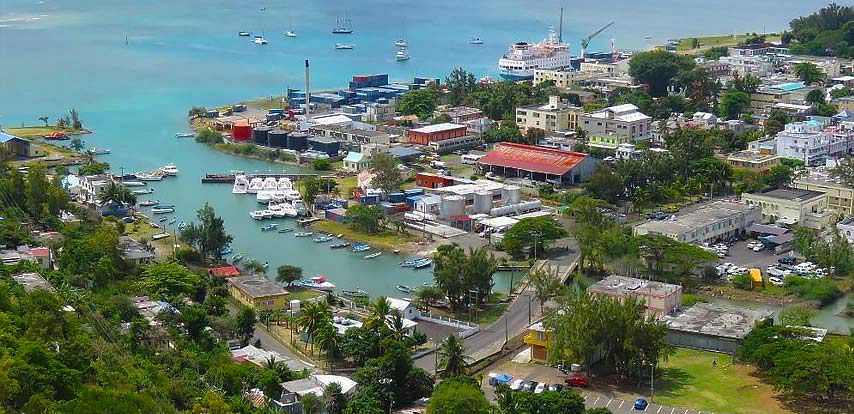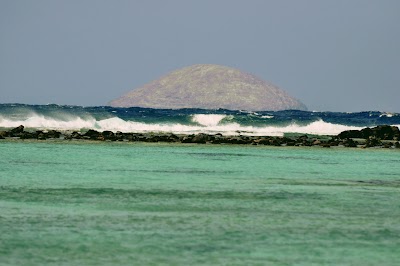Port Mathurin (Port Mathurin)
Overview
Port Mathurin, the vibrant capital of Rodrigues Island, serves as the island's main harbor, connecting it to the wider world. While Rodrigues is situated in the Indian Ocean, it maintains an administrative link with Mauritius rather than Mayotte. This charming port town is rich in maritime heritage, embodying the values of simplicity, resilience, and community spirit.
In the early 18th century, Rodrigues was largely uninhabited, with only sporadic visits from pirates and passing sailors. It wasn't until French explorers arrived that the island began to see settlement. Named after the French sailor Mathurin Bréhinier, Port Mathurin gradually emerged as a vital harbor, evolving from a natural haven into a bustling port.
Initially, Port Mathurin was a modest harbor with a few rudimentary docks catering to small fishing vessels and trade boats. The island's early inhabitants constructed the foundational infrastructure using locally sourced materials like coral limestone and basalt. Due to its isolation, the community adapted by focusing on self-sufficiency, relying on fishing, farming, and trade with passing ships.
The port underwent significant development in the late 19th century following British control of Rodrigues after the Treaty of Paris in 1814. Recognizing the port's strategic importance, the British administration invested in improvements, including a customs house to manage the growing influx of goods and a government house to serve as the island's administrative center.
The natural lagoon surrounding Rodrigues served as a protective barrier, making Port Mathurin a crucial anchorage. The British extended the docks and enhanced mooring facilities to accommodate deeper-draft ships, further integrating Rodrigues into the regional trade networks of the Indian Ocean.
By the mid-20th century, Port Mathurin had established itself as the lifeline of Rodrigues, adapting to modern shipping requirements. Upgrades included replacing old wooden docks with concrete piers and constructing modern warehouses to store a variety of goods, from local fish and agricultural produce to imported necessities.
The rise of tourism in the late 20th century added a new dimension to Port Mathurin's identity. The quaint town became a gateway for travelers seeking the untouched beauty of Rodrigues. In response to the influx of tourists, local government initiatives focused on beautification projects that enhanced the town's aesthetics while preserving its historical charm.
Today, visitors to Port Mathurin encounter a delightful blend of old and new. The traditional market, bustling with local produce and handicrafts, reflects the community's enduring customs. Historic landmarks such as the St. Gabriel Cathedral, built in the 1930s, offer insights into the town's colonial past.
Modern amenities, including internet cafes, hotels, and restaurants, harmoniously coexist with the town's rustic charm. The port continues to be a vital economic hub for Rodrigues, facilitating trade and tourism while serving as a reminder of the island’s rich maritime legacy.
In essence, Port Mathurin is much more than a harbor; it is a living testament to Rodrigues Island’s history, shaped by the collective efforts of its people to adapt and thrive. The port serves as a bridge between the island's past and present, anchoring Rodrigues in a world that is always evolving.







